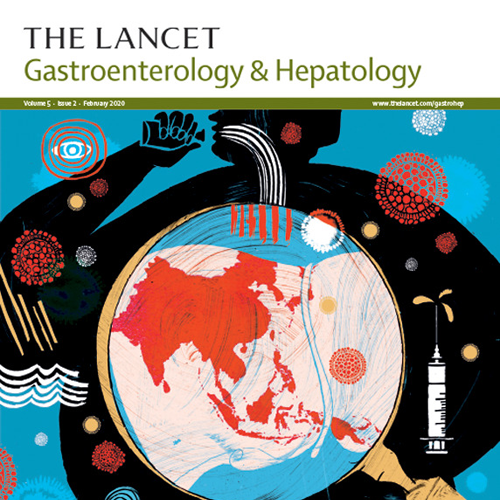Summary
Background
Hepatitis C virus (HCV) prevalence estimates for adults and high-risk groups have been widely published, but the disease burden in children is poorly understood. Direct-acting antiviral drugs, which are considered to be highly effective curative therapies for HCV, are now approved for paediatric patients as young as 3 years. Reliable prevalence estimates for this population are needed to inform scale-up of treatment and national strategies. This analysis combines past modelling and epidemiological work in 104 countries and territories to estimate global HCV prevalence in children in 2018.
Methods
In this modelling study, a comprehensive literature review for articles published between Jan 1, 2000, and March 31, 2019, was used to determine historical HCV prevalence estimates in children in all 249 countries and territories of the world. We identified published HCV prevalence estimates for children aged 0–18 years who are not at high risk of HCV infection in 39 countries and territories and inputted them into dynamic Markov disease-burden models to estimate viraemic HCV prevalence in 2018. For 25 of them, which had complete data, available information on HCV prevalence in children was used to build regression models to predict paediatric prevalence in an additional 65 countries and territories that had country-specific or territory-specific data about predictors only. Regression models were created for each 5-year paediatric age cohort from 0 to 19 years, considering several predictor variables. The data and forecasts from the 104 countries and territories for which data were available were used to calculate HCV prevalence by Global Burden of Disease region, which was then applied to the remaining 145 countries and territories to generate a global estimate.
Findings
The global estimate for viraemic prevalence in the paediatric population aged 0–18 years was 0·13% (95% uncertainty interval 0·08–0·16), corresponding to 3·26 million (2·07–3·90) children with HCV in 2018. HCV prevalence increased with age in all countries and territories. HCV prevalence in women of childbearing age was the strongest predictor of HCV prevalence in children aged 0–4 years (p<0·0001). Prevalence of HCV in adults was significantly associated with HCV prevalence in children aged 5–19 years (p<0·0001), and the proportion of HCV infections in people who inject drugs was significantly associated with HCV prevalence in children aged 15–19 years (p=0·036).
Interpretation
Most studies on HCV prevalence in children focus on high-risk groups and highly endemic geographic areas. Our analysis provides global prevalence estimates of HCV in the paediatric population. Treatment in paediatric patients requires different clinical and population health management optimisation than in adults. Because of this heterogeneity, country-specific or territory-specific and age-specific HCV prevalence estimates can help countries and territories to improve national HCV elimination strategies.
Funding
Gilead Sciences, John C Martin Foundation, and private donors.

